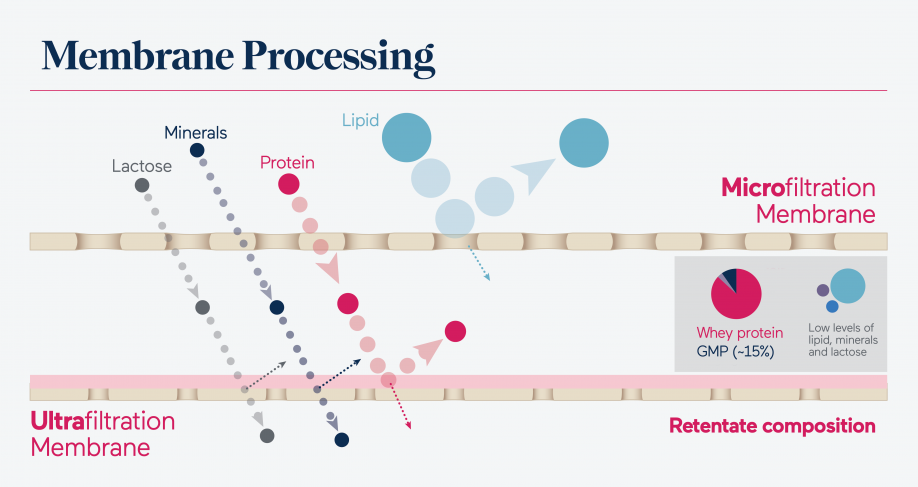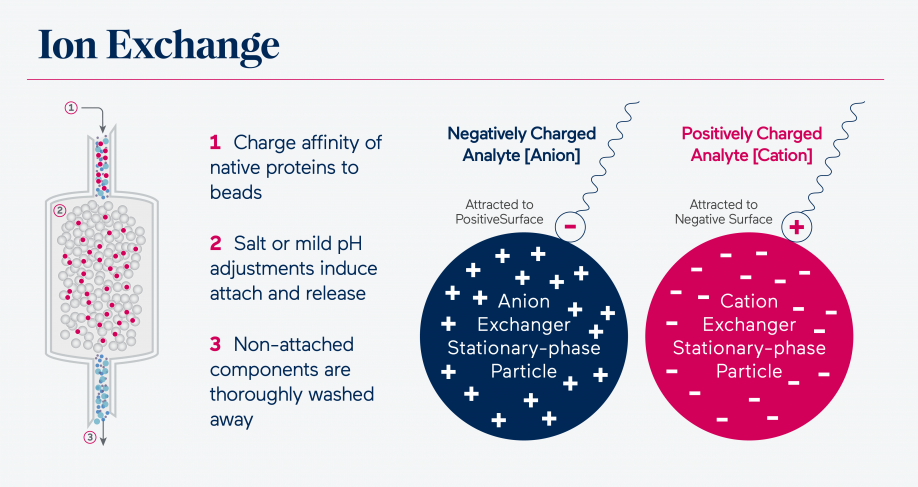How Whey Protein is Made

Learn about whey protein’s manufacturing process, and the different methods of separating this nutrient.
Whey protein, usually sold as a powder, starts out as a liquid containing 4 to 6 grams of protein per liter. Whey has excellent functional properties and high nutritional value due to its sulfur amino acids, plus lysine and tryptophan. Manufacturing whey protein follows a series of steps that begin at dairy farms.
Cows are milked two to three times daily. Robotic systems are ideal, making it possible to milk four times per cow per day, depending on lactation.
The milk is transported by tanker trucks to the whey manufacturing plant. Reaching producers is a logistical challenge compounded by the perishable nature of milk, and requires optimized collection and transportation.
Milk tanker trucks are insulated and raw milk is kept cold, which prevents it from spoilage before reaching the processing plant.

The importance of quality testing in dairy
Good dairy products require raw materials of excellent quality. A milk processor carries out tests at different stages from when it’s received until it’s offered to the consumer.
To ensure safe and high-quality products, the processor performs analysis and quality control on each batch or tank truck before deciding whether to accept the load.
How to separate whey from milk
Whey is derived from the cheesemaking process. Once the milk passes quality tests, enzymes are added to separate the curd from the liquid whey. The liquid whey is then pasteurized and the protein is concentrated and isolated. The two main methods to achieve this are membrane filtration and ion exchange technology.

Membrane Filtration (MF) is a cold temperature separation process that uses porous membranes. Due to their different pore sizes, membranes are capable of eliminating bacteria, defatting the whey, allowing the pass through of carbohydrates and minerals, and retaining the whey protein.

Ion exchange is a process that selectively isolates specific protein components. The raw whey is sent through a column that collects the proteins and separates them based on differences in their net charge. The rest (lactose and minerals) is washed away and further processed into a different ingredient.
Ion exchange allows the selection of all functional and nutritional proteins in whey, including bioactive proteins such as immunoglobulins and lactoferrin.
The resulting whey protein therefore has less fat and lactose than other whey protein isolates on the market. It also allows complete solubility with a clean and neutral taste.
Whey Protein Concentrate, Whey Protein Isolate and Hydrolyzed Whey Protein are the highest quality sources of whey protein. The consumer finds them as ingredients in a wide variety of food products, as well as powdered supplements.
For personalized information contact us by email: [email protected]

